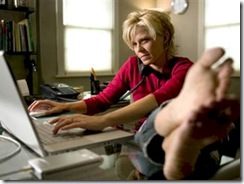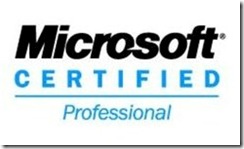When I worked at Microsoft, some of the more cynical managers tutted some of the work-from-home practices as ‘shirk from home.’ Curiously, the sincere sentiment among the staff was that home was often the only place where quality work got done. Staff came into the office to show face and attend internal meetings which chopped up the day so only slices of time were left for the most basic transactional activity like batting back urgent emails. But everyone knew that come performance review time no one was going to get a high rating for great meeting attendance and email responding. At the heart of every job was a role that required serious thought, insight and creative output. And the consensus seemed to be that this often got done when one was able to clear a day of distractions, steer clear of the office chock full of distractions and sit down and concentrate.
This week, Dilbert author Scott Adams reflected on this creative dynamic…
“People often ask how I get into the writing frame of mind. To me, it feels like being the night watchman in a museum. My job is to make sure all the doors are locked, and the blinds are pulled, and the lights are out. As a writer, you need to shut out all of the distractions from your other senses. I make sure I'm not hungry, tired, uncomfortable, or listening to anything. Then, like the night watchman, I go room by room with my flashlight until something scares me, surprises me, or makes me laugh. I have to feel something. And when I do, that's the part I keep. Then I wrap up the inspiring words in ordinary words, to form sentences. That part is more craft than art. Writers tend to work early in the morning, or late at night, when brains are naturally able to focus deeply on one thought. In the middle of the day, distractions are unavoidable. I wonder if anything worthwhile has ever been written in the afternoon.”
I shared this reflection with friend and creativity guru Hugh MacLeod and he concurred with the sentiment completely. His comment on Adams’ insight was, “I know this one…. Explains why Hemingway always got sloshed in the afternoons…”
Dynamic Work is a way for staff to align the right work environment with the work at hand. For most roles in modern business, this work is quite diverse and a conventional one-size-fits-all office space simply can’t serve all needs best.





